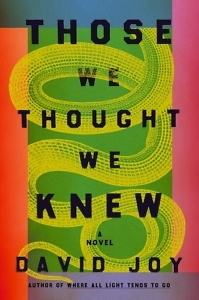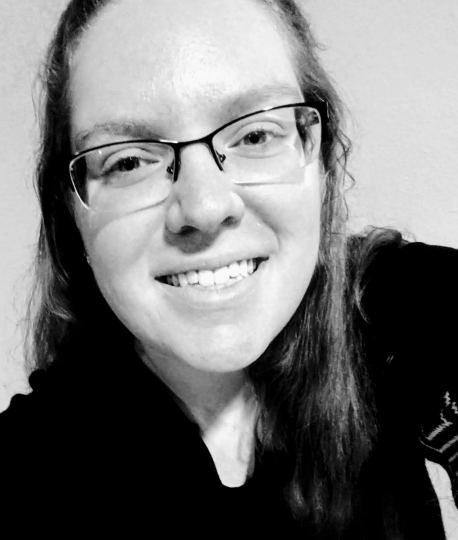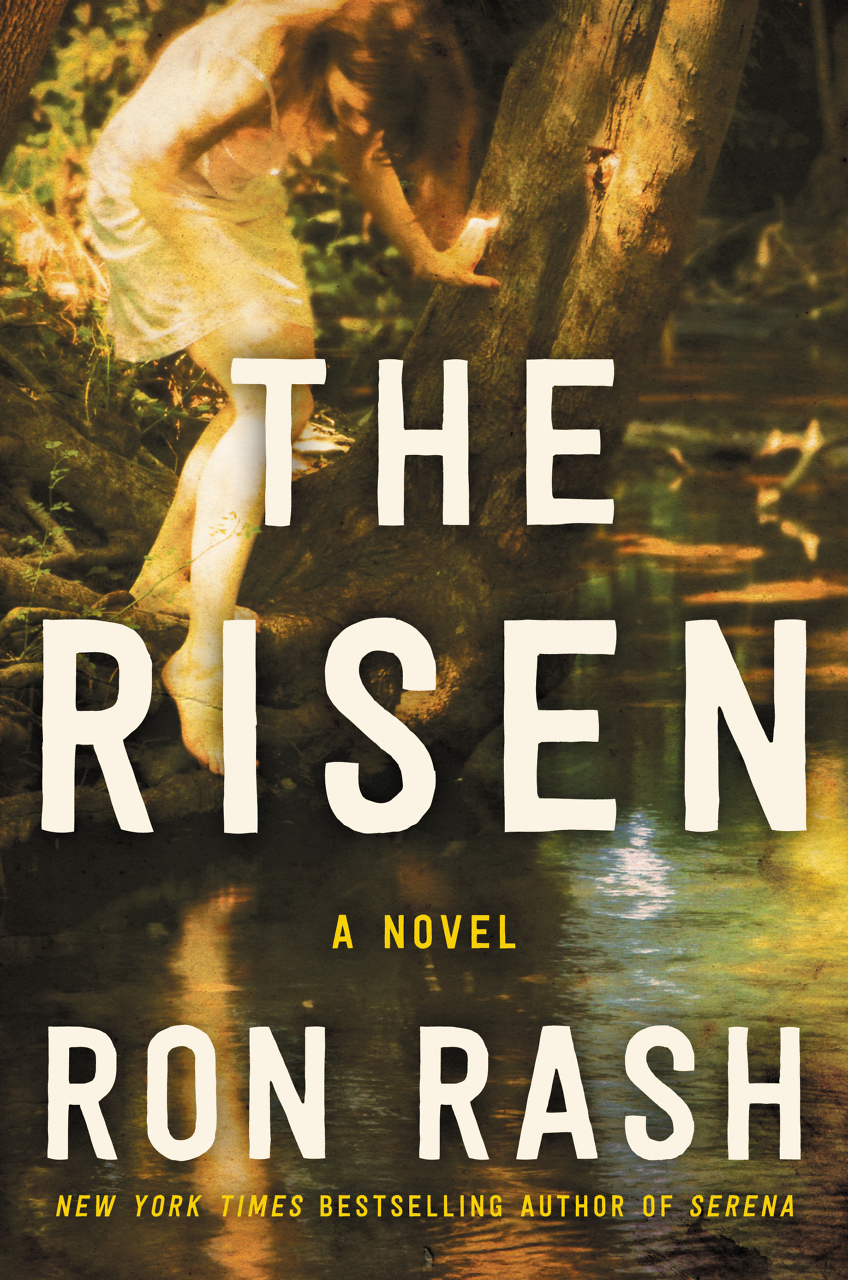What Was Buried
A small town is shaken by racial turmoil in David Joy’s Those We Thought We Knew
David Joy, author of crime mystery novels such as Where All Light Tends to Go, When These Mountains Burn, and The Line That Held Us, focuses his latest, Those We Thought We Knew, on a small mountain town in North Carolina and the ways a notebook full of names of local townspeople tears the community apart.

Joy sets up three clear storylines in the novel. First, we are introduced to Toya Garner, a young Black woman from Atlanta who is staying with her grandmother in the mountains while she completes her graduate thesis in art. Toya has always been an artist and thought she would be working with canvas, but she finds herself drawn to clay work. Her thesis project is a love letter to her ancestral home and the people she came from, but Toya is not satisfied with it and wants to use her skills to fight injustice. The first chapter of the novel opens on Toya — along with some friends from the university — completing an art display that protests the relocation of a Black cemetery. Toya’s work is moving, but some people in the community are unsympathetic to, and even angered by, Toya’s message.
Next, Joy introduces us to a drifter from Mississippi, a man who raises the suspicion of a convenience store cashier, which results in the arrival of two police officers to investigate. They arrest the man, William Dean Cawthorn, for vagrancy and drunken disorderliness and then make a concerning discovery in his ’84 Caprice Classic station wagon: a white robe and hood, a gun, and a notebook with names scrawled in it. Officers Ernie and Tim recognize several of the names and phone numbers scrawled under “Contacts,” one of whom is Holt Pressley, chief of police in the town of Sylva and Tim’s boss. Ernie, a sheriff’s deputy, is concerned but, because Tim “said it was obviously odd as hell, but odd wasn’t breaking the law,” they leave the notebook and robe in the car and take only the gun into evidence. However, Ernie can’t stop thinking about the notebook and the names of some of the most powerful men in town that are in it.
 In addition to Toya and Ernie, Sheriff John Coggins joins the cast as the third major character. Coggins is in his last term before retirement, and he plans to gradually rein back his duties in preparation for his exit. However, once Ernie comes to his office and recounts the arrest of William Cawthorn and what he and Tim found in the station wagon, Coggins becomes disturbed by the thought that people he’s known his entire life may secretly be members of the Klan. In addition, Toya’s burial protest has upset some locals, and it is Coggins’ job to maintain the peace. Toya, however, is a stubborn young woman who will not let a sheriff intimidate her. In fact, Coggins is agitated by his inability to connect with her or get her to listen to anything he has to say.
In addition to Toya and Ernie, Sheriff John Coggins joins the cast as the third major character. Coggins is in his last term before retirement, and he plans to gradually rein back his duties in preparation for his exit. However, once Ernie comes to his office and recounts the arrest of William Cawthorn and what he and Tim found in the station wagon, Coggins becomes disturbed by the thought that people he’s known his entire life may secretly be members of the Klan. In addition, Toya’s burial protest has upset some locals, and it is Coggins’ job to maintain the peace. Toya, however, is a stubborn young woman who will not let a sheriff intimidate her. In fact, Coggins is agitated by his inability to connect with her or get her to listen to anything he has to say.
With heads butting at every turn, tensions continue to rise in the community. Toya is arrested for her burial protest but pays her own bail. Cawthorn is mysteriously released from jail almost immediately and provided a hotel room in the area. When Ernie tries to talk to Tim again about the notebook, Tim feigns ignorance and refuses to acknowledge finding a notebook in Cawthorn’s station wagon. The unrest over Toya’s political art boils into a public protest. Toya doesn’t want to attend, but a fellow graduate student pressures her to go. Once the protest starts, however, things get out of hand, and what is an exciting twist for other attendees becomes a life-or-death situation for Toya.
With short, biting chapters and multiple leads and points of view to follow, Joy details the unravelling of a community. The lengths people go to keep up appearances and bury secrets leave many in the town physically and emotionally wounded. Once Ernie starts digging, he soon finds himself caught in a snare far larger than he thought. Toya, forced into a traditional protest instead of her creative displays, quickly finds herself in over her head, and Sheriff Coggins struggles to sift through all the information being thrown at him and maintain his authority while powerful leaders pressure him to lean a certain way. It’s not until two major crimes split the community apart that armors begin to chip and the truth starts to come loose. The real question is, can the people who have lived in these mountains for generations survive the shock of such a betrayal?

Abby N. Lewis is an adjunct English instructor at ETSU. She is the author of the poetry collection Reticent, the chapbook This Fluid Journey, and the newly released chapbook Palm Up, Fingers Curled from Plan B Press.


